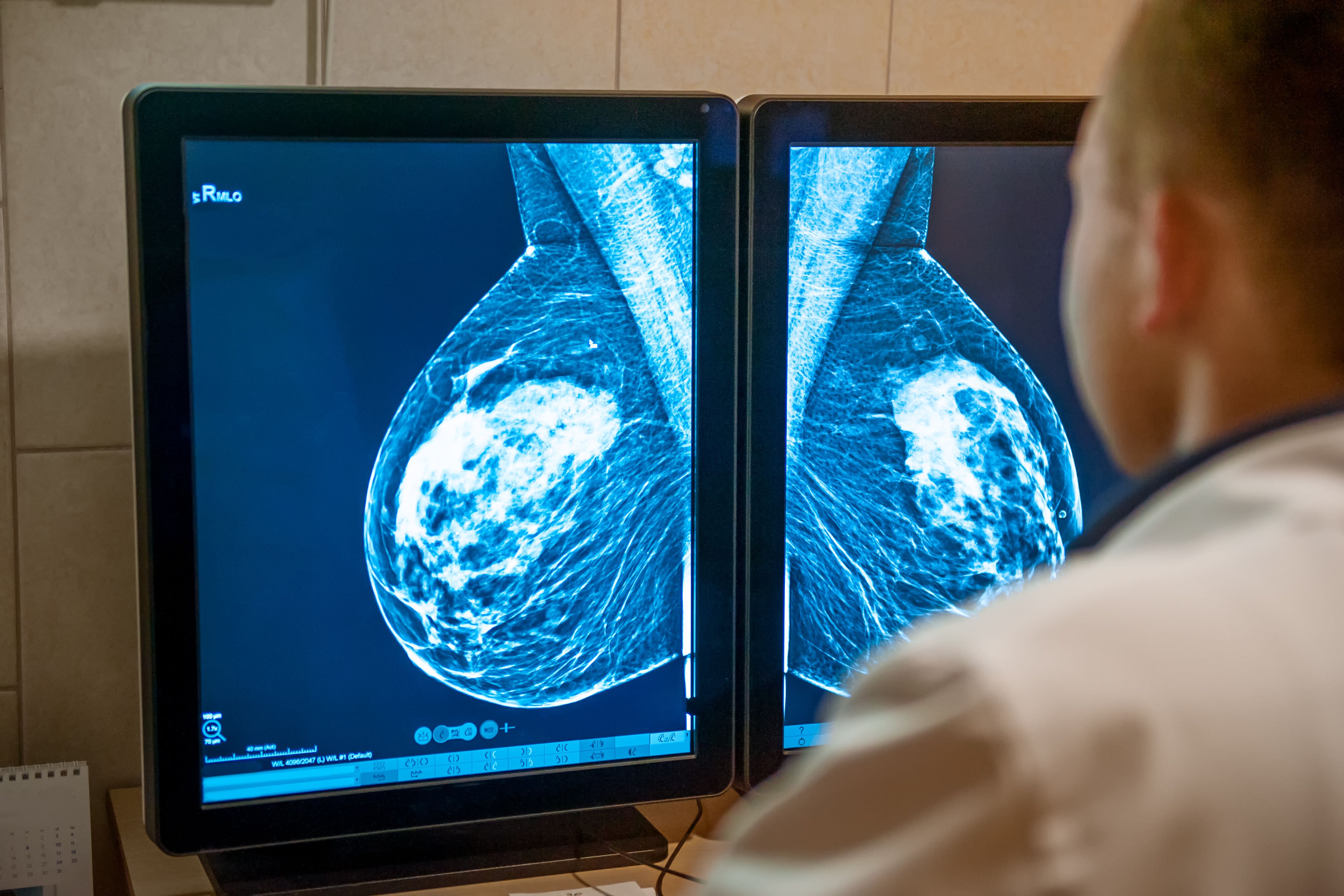Article
Treatment of HER2-Low Breast Cancer Impacts Oncology Landscape
Author(s):
Key Takeaways
- ADCs offer targeted, less toxic treatment for HER2-low breast cancer, impacting 50% of patients.
- HER2-low disease mainly affects HR+ breast cancer, representing the majority of cases.
Because of its prevalence in approximately 50% of breast cancers, the outcomes of HER2-low treatment have a significant impact on patient outcomes.
One of the most exciting areas of drug development in breast cancer is antibody-drug conjugates (ADCs), explained Heather McArthur, MD, MPH, during the 2023 Advanced Topics for Oncology Pharmacy Professionals conference.1
Credit: okrasiuk - stock.adobe.com

ADCs are complex targeted agents composed of a cytotoxic drug hanging on an antibody scaffold that can provide more directed and less toxic treatment for patients.2 Because of its prevalence in approximately 50% of breast cancers, the outcomes of HER2-low treatment have a significant impact on patient outcomes.1
“We have about 300,000 new breast cancer cases diagnosed in the United States every year and more than a million cases diagnosed worldwide every single year. So, 1 in 7 or 1 in 8 women are affected with breast cancer in their lifetime,” said McArthur, Komen Distinguished Chair in Clinical Breast Cancer Research and associate professor in the Department of Internal Medicine at UT Southwestern Medical Center, as well as a clinical director of the Breast Cancer Program at Simmons Cancer Center in Dallas, Texas. “The impact of a novel therapy that impacts 50% of our patient population is really huge.”1
Further, HER2-low disease predominantly impacts patients with hormone receptor-positive (HR+) disease. With approximately 75% to 80% of breast cancers positive for hormone receptors in either the estrogen receptor and/or the progesterone receptor, this represents the vast majority of the patient population, explained McArthur.1
“HER2-low disease impacts mostly HR+ disease. [However,] there's an intersection with what we call triple-negative disease,” McArthur said. “Triple-negative disease is an unfortunate label in that it tells you the 3 things that the cancer is not about: It's lacking in 2 hormone receptors and it's lacking in HER2 by positivity definitions, but it tells you nothing about what's actually biologically driving that disease. It's been a typically very difficult disease to treat.”1
Until recently, treatment for HER-2 low disease has been very limited to conventional cytotoxic therapies, which have performed very poorly. This is impactful because it creates an intersection between HR+ and triple-negative breast cancer, according to Neelam Patel, PharmD, BCOP, clinical pharmacy specialist at MD Anderson Cancer Center in Houston, Texas.1
Patel explained further that 2 years ago, a patient with HR+ metastatic breast cancer who has exhausted all endocrine therapy options and is on capecitabine in the first line would probably have been given taxane, depending on their prior exposure.1
“But at that point, even for HR+ disease, when you have endocrine-resistant disease and you're treating with chemotherapy, it behaves almost exactly like triple-negative breast cancer in that it tends to get very aggressive and treatments tend to be unsuccessful,” Patel said.1
Typically, these patients would have progression-free survival intervals of only approximately 3 months, which is similar to chemotherapy-treated triple negative breast cancer.1
“So it's a really devastating disease,” McArthur said. “This really represented an area of unmet need to be able to address this really devastating prognosis population. Now we have [trastuzumab deruxtecan (Enhertu; Daiichi Sankyo and AstraZeneca)], an ADC treatment option that has had successful results.”1
Reference
- McArthur H, Patel N, Burks E. General Session: Impact of HER2-Low on the Oncology Landscape. Presented at: 2023 Advanced Topics for Oncology Pharmacy Professionals in New Orleans, LA; July 14, 2023.
- Rassy E, Rached L, Pistilli B. Antibody drug conjugates targeting HER2: Clinical development in metastatic breast cancer. Breast. 2022;66:217-226. doi:10.1016/j.breast.2022.10.016






